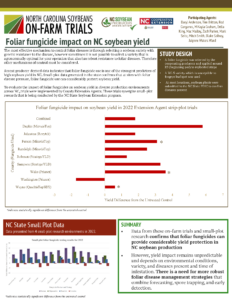
2022 Foliar Fungicide Impact on NC Soybean Yield (Randolph County Result Breakdown)
In 2022, we tested the impact a foliar fungicide has on soybean yield in Randolph County and across the …



El inglés es el idioma de control de esta página. En la medida en que haya algún conflicto entre la traducción al inglés y la traducción, el inglés prevalece.
Al hacer clic en el enlace de traducción se activa un servicio de traducción gratuito para convertir la página al español. Al igual que con cualquier traducción por Internet, la conversión no es sensible al contexto y puede que no traduzca el texto en su significado original. NC State Extension no garantiza la exactitud del texto traducido. Por favor, tenga en cuenta que algunas aplicaciones y/o servicios pueden no funcionar como se espera cuando se traducen.
Inglês é o idioma de controle desta página. Na medida que haja algum conflito entre o texto original em Inglês e a tradução, o Inglês prevalece.
Ao clicar no link de tradução, um serviço gratuito de tradução será ativado para converter a página para o Português. Como em qualquer tradução pela internet, a conversão não é sensivel ao contexto e pode não ocorrer a tradução para o significado orginal. O serviço de Extensão da Carolina do Norte (NC State Extension) não garante a exatidão do texto traduzido. Por favor, observe que algumas funções ou serviços podem não funcionar como esperado após a tradução.
English is the controlling language of this page. To the extent there is any conflict between the English text and the translation, English controls.
Clicking on the translation link activates a free translation service to convert the page to Spanish. As with any Internet translation, the conversion is not context-sensitive and may not translate the text to its original meaning. NC State Extension does not guarantee the accuracy of the translated text. Please note that some applications and/or services may not function as expected when translated.
Collapse ▲
In 2022, we tested the impact a foliar fungicide has on soybean yield in Randolph County and across the …
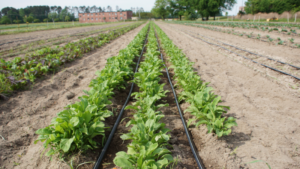
Please join Melissa Bell from the Center for Environmental Farming Systems (CEFS) and John Lyttle, N.C. Cooperative Extension Agent …
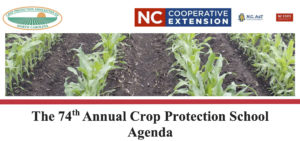
The 74th Annual Crop Protection School will be held virtually on Thursday, December 1, 2022 using the Zoom platform. Please …

Thank you to everyone that participated in the “Hatch Butterflies” program when 4-H Embryology took a break due to …
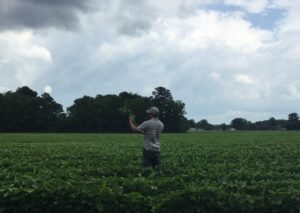
Integrated Pest Management (IPM) is a term used widely in agriculture, however its actual meaning is, in large part, …
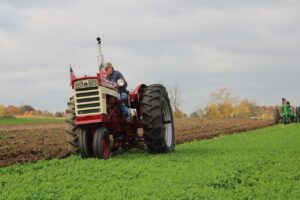
You have probably noticed the price of groceries increasing, and the current trend is expected to do nothing but …

North Carolina A&T Small Farms Week is coming up in a couple of weeks! This is a great opportunity …

Though the pandemic continued to adjust our normal, those who serve at the Randolph County center, continued to thrive. …
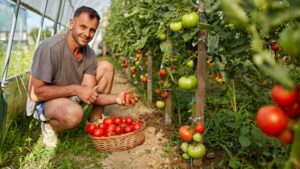
Starting a farm business poses unique challenges for new producers and farmers transitioning to a new agricultural enterprise. There …
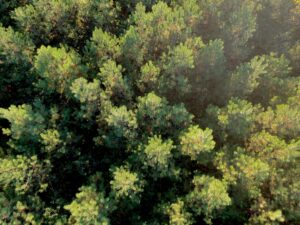
In school we all learned that plants use carbon dioxide (CO2) to grow and release oxygen in return. Greenhouse …
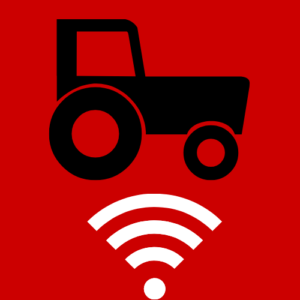
Chad Rupe is a former Administrator of USDA’s Rural Utilities Service and current Managing Member with Rural America Strategies. …
During the Spring and Fall, the volume of farm equipment appearing on the road tremendously increases. Farmers are working …
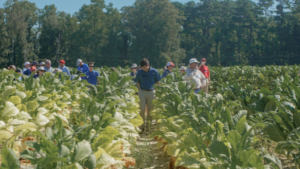
Please share across your networks. The NC State University Organic Working Group will be holding an Organic Commodities Field Day …
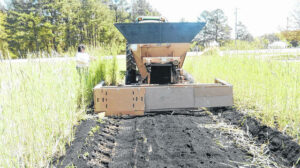
The biggest handicap to growing crops in the Sandhills is the sandy soil. Acidic and low in organic matter, …
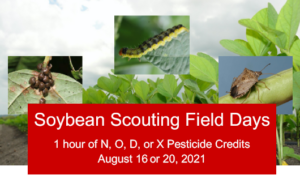
.Join us on August 16 or 20, 2021, where we’ll cover major soybean insect pest identification, easy soybean scouting …
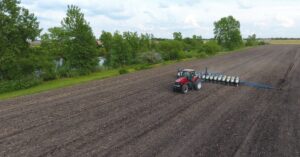
Soil compaction occurs anytime equipment passes through a field. Ideally, the distribution of solids and pore space will be …
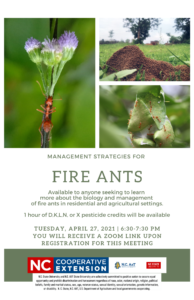
On Tuesday, April 27, 2021, from 6:30–7:30 p.m., a Zoom class on Fire Ant Management will be offered. The …

The United Soybean Board has reported interesting and important information regarding the importance of broadband for US farms. Some …

Nebraska Extension has a Digital Agriculture Team and they have launched a podcast named “FarmBits.” More information on this …
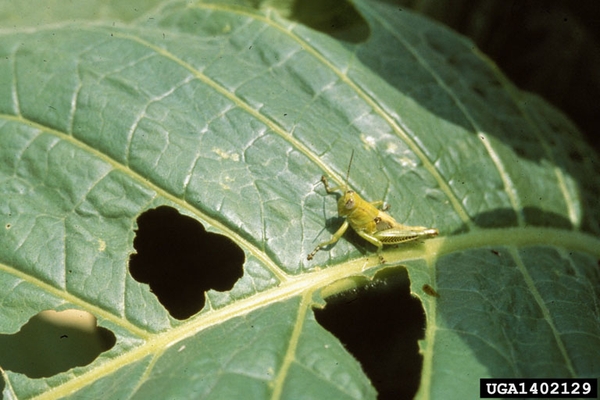
Several species of grasshoppers can cause foliar feeding damage in tobacco. They are typically most …

This Extension publication provides an overview of the tobacco budworm (Chloridea virescens), a common pest …

This factsheet for farmers describes concepts, terminology, and guidelines concerning soil sampling. Proper testing allows …

Nitrogen fertilizer products are being developed and marketed as having the potential to increase yields and …
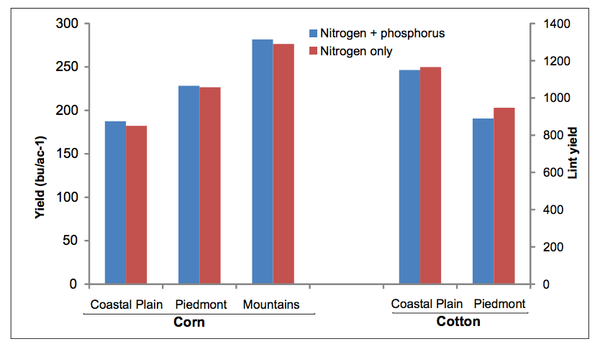
Phosphorus (P) is the second most important nutrient in crop production but is often found …

This factsheet describes the symptoms of a shoot inhibitor herbicide injury.

This factsheet describes the symptoms of a metribuzin herbicide injury.

This factsheet describes the symptoms of a dichlobenil herbicide injury.